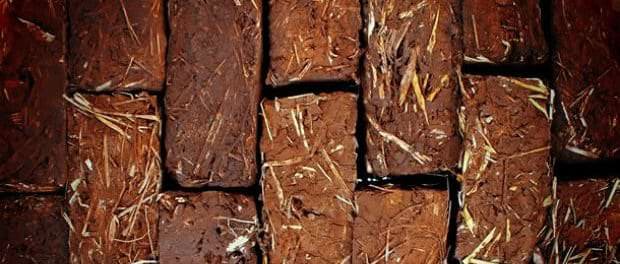Bricks in raw earth: features and applications

In the construction world in recent years there has been intense research on what are the issues of eco-sustainability and energy efficiency. This has given way to rediscover ancient building techniques that have proved to be particularly effective alternatives when you want to create particularly comfortable living environments and in line with those that are the criteria of green building .
This continuous research has placed the attention on the bricks in raw earth, thanks to which it is possible to create healthy and comfortable environments exploiting the regulating and thermal-insulating properties of the clay. The bricks in raw earth are obviously not those of hundreds of years ago and have undergone numerous modifications to increase their mechanical strength and make them suitable for any type of construction work (flooring, masonry, screeds, plasters, fills, etc.).
The raw earthen brick has a very long history and has been used for centuries for the construction of buildings, only to be shelved because of the bricks in cooked clay. This material is very popular in Africa and in hot climate countries because the clay they are made of is not cooked but dried naturally in the sun. These bricks contain, as well as clay, also vegetable fibers such as hemp and straw, sand and gravel. The choice of this material was particularly obligatory for certain peoples, who preferred to use the abundance of clay to the difficulty of working with stone. It is no coincidence that 70% of the earth's soil is suitable for use in making this material.
This clay should be selected in soils that do not contain roots, plant soil and large pebbles. The best soils can contain sand and gravel up to 60%, silt up to 15%, 20% of clay and no more than 3% of organic substances.
The bricks in raw earth are proving usable in many areas of green building and bio-architecture, as substitutes for the classic bricks.
They are excellent for buildings with low thermal inertia such as wooden houses . This material is able to absorb and release heat, limiting the temperature changes between inside and outside.
They are also low emissive and in their production very little Co2 is emitted, their production process is 100% ecological and in general we can say that it is one of the best natural insulators.
Congratulations @ubiquitousbore! You received a personal award!
You can view your badges on your Steem Board and compare to others on the Steem Ranking
Do not miss the last post from @steemitboard:
Vote for @Steemitboard as a witness to get one more award and increased upvotes!
Downvoting a post can decrease pending rewards and make it less visible. Common reasons:
Submit
Congratulations @ubiquitousbore! You received a personal award!
Click here to view your Board
Downvoting a post can decrease pending rewards and make it less visible. Common reasons:
Submit